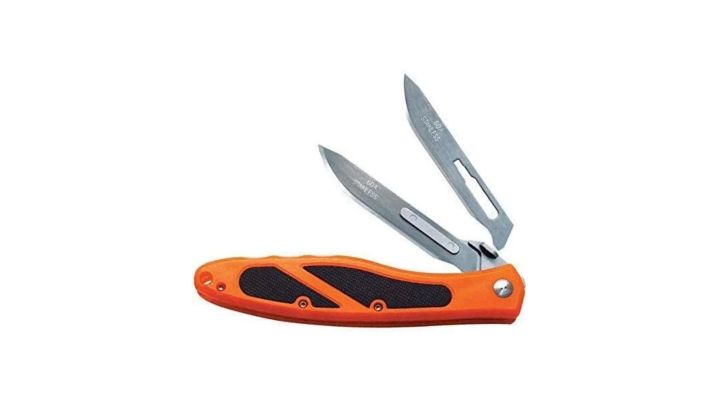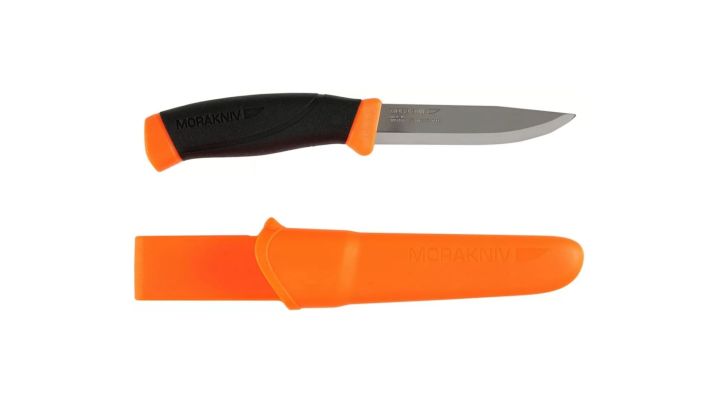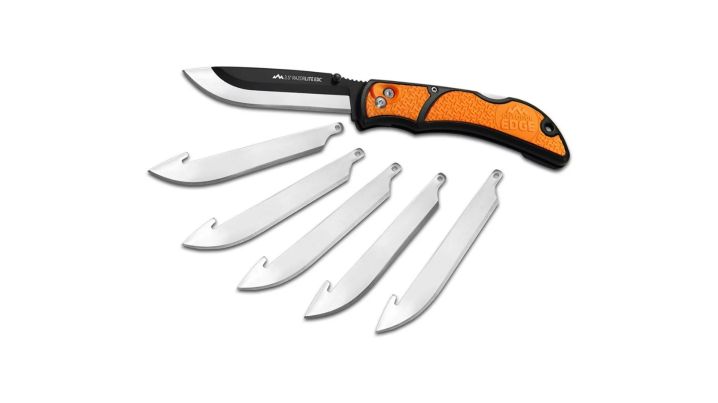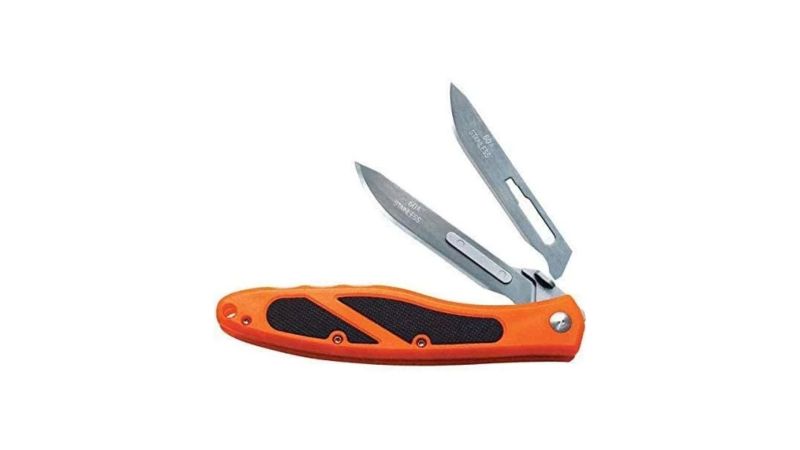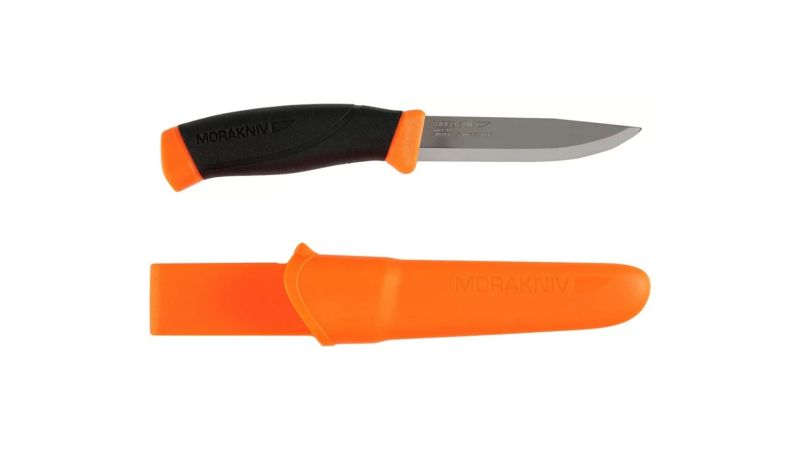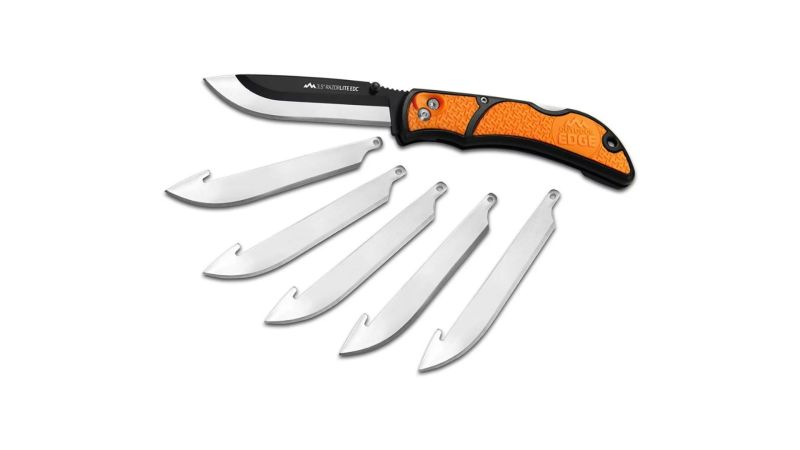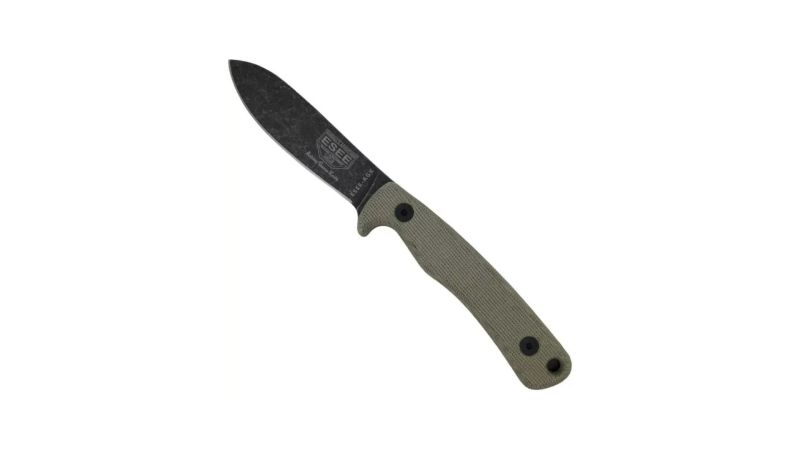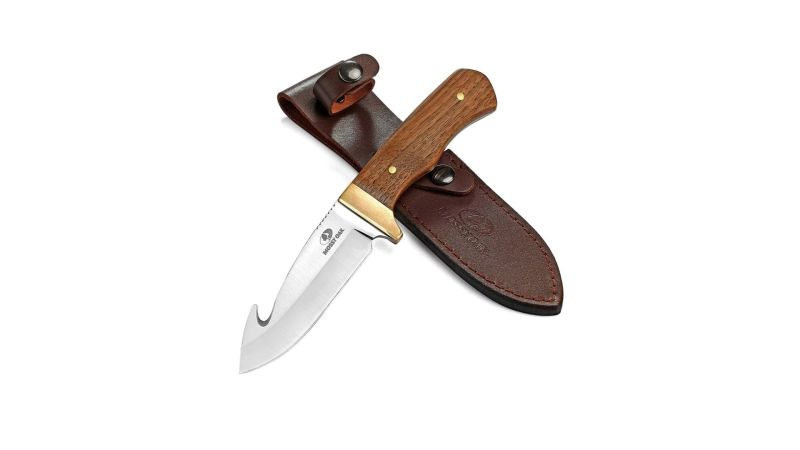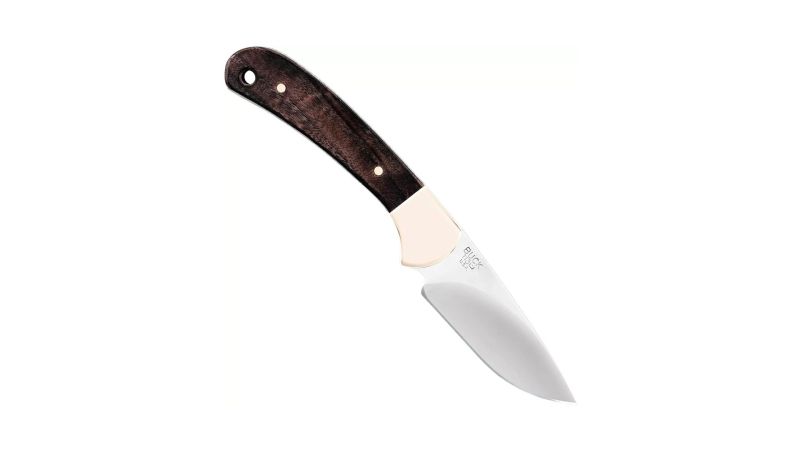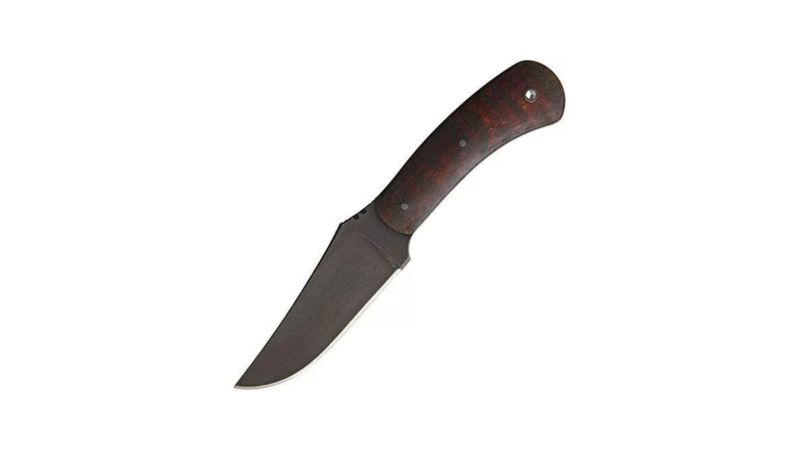We may earn revenue from the products available on this page and participate in affiliate programs.
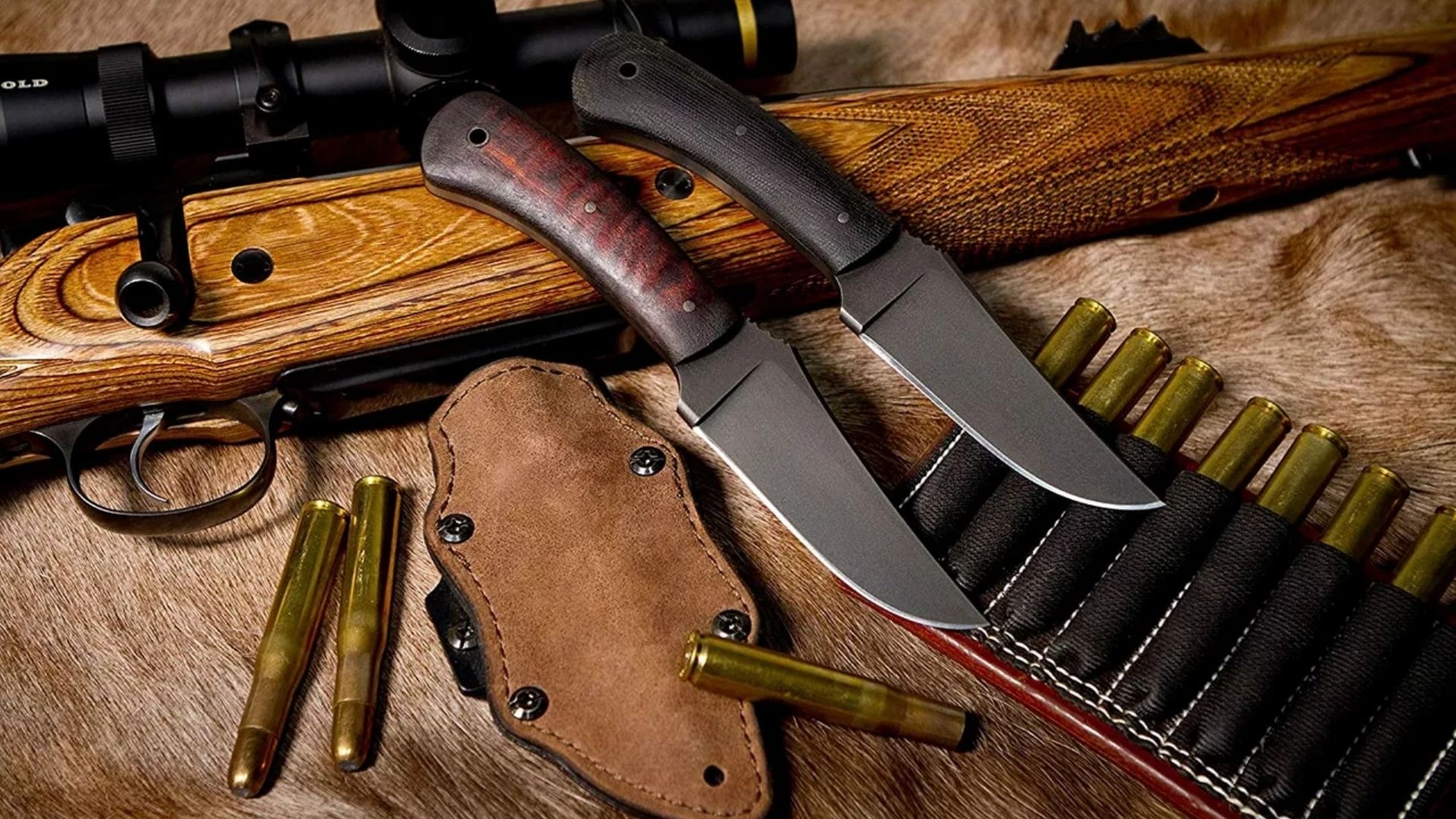
Let’s face it: Hunting, done correctly, is not easy.
For most serious hunters, there are hours upon hours of preparation leading up to the hunt. You could spend potentially marriage-ending amounts of time scouting terrain, mastering a bow and arrow, rifle, or shotgun, acquiring the proper attire, erecting treestands or hunting blinds, clearing firing lanes, gaining proficiency in animal calls, researching supplementary gear (binos, rangefinders, etc), deodorizing clothes, and even spraying deer pee on the ground and maybe on your boots. Then there’s the patience — the long wait for your prey to arrive, validating your obsession. It can be painful sometimes, but you wait and that big buck finally walks in. The stars align and you get a shot. Your practice pays off, and the deer drops after a short run. You kneel down and stroke the animal’s fur, feeling a twist of emotions. You thank the animal for its sacrifice and for the meat it will provide you and your family. Now comes the unpleasant task of field dressing and skinning the animal. You retrieve the dull, Swiss Army knock-off you’ve been carrying since fourth grade and start stabbing away. Right?
Wrong.
For a hobby of immense preparation, many people lose focus on the tasks required after the point of impact. We put so much thought into how to get the animal, we don’t think a lot about what’s required afterward — and a quality skinning knife can be the difference between a good day and a great day when you’re out in the field with a buck at your feet. Technically, any knife can be a skinning knife, but some knives are better suited than others and it only makes sense you’d want to carry the best.
In this buying guide, we’ll break down our choices for the best skinning knives available, why we choose them, and how they’re best utilized. In addition, we’ll talk about the key features important to you, as a hunter, and how to make your decision based on your specific hunting needs. Let the hunt begin!
Best Overall
Havalon Piranta-Edge
Best Value
Morakniv Companion
Editor’s Choice
Outdoor Edge 3.5u0022 RazorLite EDC
Best Skinning Knife for Deer and Elk Hunting
ESEE Ashley Game Knife
Best Skinning Knife with Gut Hook
Mossy Oak Fixed Blade Gut Hook Knife
Best Fixed-Blade Skinning Knife
Buck Knives 113 Ranger
Best Skinning Knife for Big Life Goals
Winkler Knives Blue Ridge Hunter
Why you should trust us
I grew up in a hunting household and I don’t remember many late autumns/early winters where there wasn’t at least one whitetail deer hanging from the rafters of my parents’ garage. My dad did all his own skinning and butchering, so I’m no stranger to the process or the tools of the trade. As a hunter myself, I understand well the attributes that make up a quality skinning knife.
Types of skinning knives
Fixed-blade
Though more cumbersome to carry than their folding counterparts, fixed-blade skinning knives are very popular among hunters and outdoor enthusiasts. This popularity seems to rise from the blade’s simplicity, low maintenance requirements, and reliability. Without joints and locking mechanisms, fixed blade knives are easy to clean and maintain and don’t come with the added worry that a part might fail, resulting in injury. The cleaning piece is especially important to hunters as the knife is sure to get covered in blood, hair, fat, and skin in the aftermath of a successful hunt. After all, the last thing you want is all that gore getting worked into the inner workings of the knife.
Folding
Now that I’ve just finished dumping on folding blade knives for being dirty-birds, here is why they often do make good skinning knives. Folding blades are much more compact and can be easily stowed in pockets and backpacks or clipped to belts. Most are light and take up limited space. Typically, knives with replaceable blades are commonly folding knives and this is a feature that seems to be a growing trend. Turns out, people don’t like sharpening their knives in the field. As for the cleaning part, folding blades will require a bit more attention, but this alone shouldn’t be a deterrent to looking into some rather great knives.
Gut hook blade
Gut hook blades feature a small hooked blade on the upper end of the knife. The thought process behind the gut hook is that it can be inserted under the skin and the hook can be dragged quickly along to expedite field dressing. In actuality, it doesn’t seem like a lot of hunters utilize the gut hook due to the lack of control and prefer to use a regular blade to ensure a more precise cut is made.
Key features of skinning knives
Blade material
There are a lot of different steels out there and it can be difficult to understand which is which and where they fall in the scale of hardness, edge retention, etc. For me, the biggest thing to know was the difference between carbon steel blades and stainless steel blades. Unlike carbon steel, stainless steel contains at least 10.5 percent chromium, which makes the blade more resistant to corrosion and rust. The trade-off is that the stainless steel blades are not quite as strong as carbon steel blades and are harder to sharpen. While carbon steel knives are stronger and can be sharpened to a finer edge, they require more maintenance in the way of consistent cleaning and lubrication of the steel.
Blade length
The blade length can play a big role in your experience with a skinning knife. You should generally select a knife length based on the type of game you’re most regularly after. For animals in the small game category, the suggested blade length is from 2.5 to 3.5 inches. For larger game, like deer, elk, and bear, it is suggested to have a blade from 3.5 to five inches (blades five inches or more will get the job done and make the skinning go faster, but it won’t be pretty). Generally speaking, a 3.5-inch blade is a good, safe spot to encompass pretty much any game you could potentially go after.
Handle material and build
The handle material really boils down to preference, and you really just want to make sure whatever you’re getting has a sturdy build. Skinning an animal is pretty easy until it’s not, and it can require quite a bit of force when you start working on separating joints. The last thing you want is for the handle of your knife to snap and your hand to sink into the blade. There is a wide range of plastic, steel, and wood handles out there, all of which get slicked up when you’re covered with blood. Be sure to get something with a good grip and maybe some added texture to prevent slippage. If you’re looking at a knife with a smooth handle, I’d recommend you get something with a good finger guard to keep your digits attached.
Benefits of skinning knives
Field dressing
You’re two miles out in a national forest and you’ve just taken the bull elk of a lifetime. The sun is getting low and wolves are baying in the distance. If you don’t get it out tonight, there might not be much left in the morning. While any knife can technically be used to field dress an animal, a good skinning knife will help you make quicker work of the project, so you can get your animal skinned, quartered, and your meat hiked out as quickly as possible, leaving only bones and a gut pile for the greedy scavengers.
Precision cutting
Whether you’re looking to cape out a beautiful buck for a wall mount or you’re just very concerned with keeping every last scrap of meat, a good skinning tool can give you the precision cuts you need to make use of every part of the animal. For precision cutting, it’s a good idea to go for a shorter blade that is as thin as possible. While this will increase the overall time you’ll spend skinning your kill, it will drastically improve the final product.
General use
Just like every knife can be a skinning knife (even though they shouldn’t), every skinning knife can be used for general purposes as well. However, this thought process should only be applied in a pinch. To serve its original purpose, you want your skinning knife to remain as sharp as possible until it’s needed for its intended use. Using your blade to sharpen sticks or sword fight other hunters encroaching on your territory can severely degrade the sharpness and readiness of your blade.
Pricing considerations of skinning knives
Budget
Most of the skinning knives under $25 tend to be fixed blade knives with blades made of stainless steel. There are a few folding knives at the top of this category, most of which utilize replaceable blades. While some people might turn their nose up at inexpensive knives, I’d rather lose an $18 knife than a $200 knife while I’m trudging through the underbrush looking for a deer.
Mid-range
Between $25 and $100, you’ll find a lot of the higher-rated folding knives with replaceable blades. As you start to approach the higher end of this range, you’ll see fixed-blade knives from more reputable brands such as Gerber and Buck. Oddly enough, in the middle range of this bracket (around $50 to $60), there are a lot of fixed-blade knives featuring Damascus Steel, though I haven’t come across a whole lot of evidence for or against the use of Damascus Steel. I guess it looks cool, though.
Premium
Looking above $100, you start to see some of the higher-end brands of fixed-blade knives, many of which utilize carbon steel blades. Remember though, with great cost, comes great responsibility (for maintenance). I think Spider-Man said that or something. Most of the blades here will also boast a durable, well-constructed handle and a decent sheath to boot.
How we chose our top picks
As I mentioned earlier, one of the first things I did when I started researching skinning knives for this review was to ask those who would know best: the hunters. Being from a fairly rural part of West Michigan, I have a lot of hunters in my life, all of whom have no hesitation in sharing their feelings on the pieces of gear they love and those they don’t. Taking these first-hand reports, I cross-referenced them with many other online reviews of skinning knives, as well as my own first-hand experience, to put together this list of top recommendations.
FAQs on skinning knives
You’ve got questions, Task & Purpose has answers.
Q: How sharp should a skinning knife be?
A: As sharp as you can get it. Hides, tendons, and muscles can be tough to cut and your blades will dull over time. The sharper you start, the farther they’ll go.
Q: What is the difference between a hunting knife and a skinning knife?
A: Skinning knives are, technically, hunting knives, but are more specialized for the skinning of animals as opposed to the less delicate work of chopping and quartering. A skinning knife tends to be smaller than most hunting knives and often has more curvature to the underside of the blade to allow a longer stroke.
Q: Do skinning knives need to be curved?
A: Skinning knives don’t need to be curved, but it does help. An elongated curve allows for a longer stroke of the shorter blade.
Q: Can you use any knife for skinning?
A: You can. Hell, you could use a butter knife, but that doesn’t mean it’ll be easy or smart.
